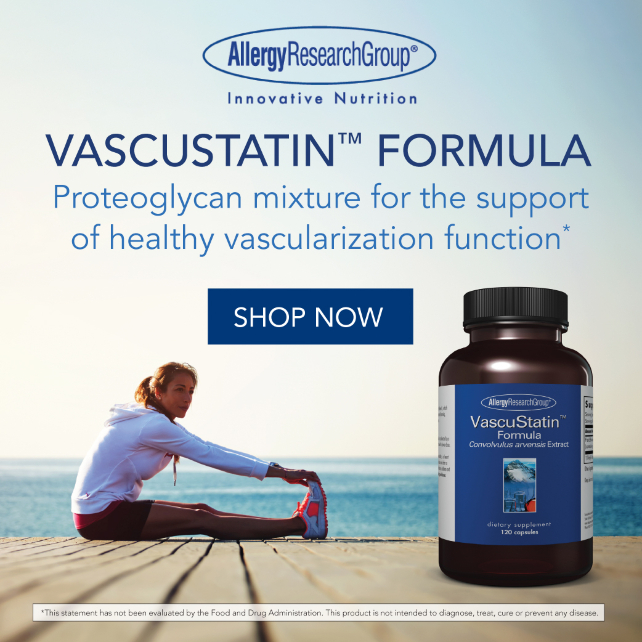Clarification: “From ‘Dis-Ease’ to Better Health: A Model for Recovering from Chronic Lyme Disease, Mold Illness, and Related Conditions”
In the “Letter from the Publisher” in the July 2022 Townsend Letter, the publisher made the statement: “Forsgren’s model would argue against immediate treatment with antibiotics unless they are absolutely indicated.”
I would like to clarify that this statement is not entirely consistent with my belief or a perspective shared in the article itself.
What was shared is that there are many foundational steps that I would explore before incorporating antimicrobials. This, however, was not intended to be a statement against pharmaceutical antibiotics as part of Step 9 in some cases.
In cases of acute exposure, antibiotics are often an appropriate tool that may prevent years of struggle if the acute exposure turns into chronic Lyme disease. This is a scenario where I would personally consider both antibiotics and natural tools.
In cases of chronic Lyme disease, which was the focus of the article, a broad toolbox is necessary. Thus, while I may not personally consider antibiotics as the top tool in the toolbox, there are cases where these may be supportive and beneficial.
When I originally was diagnosed in 2005, the commonly used tools were antibiotics. I was on daily antibiotics for over three years at that time. While I did make some improvement, these were not the entire solution to my problem as many of the other areas outlined in the article required further exploration.
If I were starting over, I would approach my recovery differently; using the steps outlined in the article. I no longer think that long-term antibiotics are a primary tool given the many options we now have available. That said, shorter, more targeted use of antibiotics may benefit some patients.
In Better Health,
Scott Forsgren, FDN-P, HHP






